
If you drive south on Higway No. 9 in Taiwan, the road always runs between two extremes: the sea on the left and the steep mountains on the right. It's a drive about 150 kilometers long from the Yehliu Geopark (see my older post), an impressive drive that is reminiscent of Highway No. 1 in California. Then suddenly the road turns right and highway number 8 leads straight into the mountains.
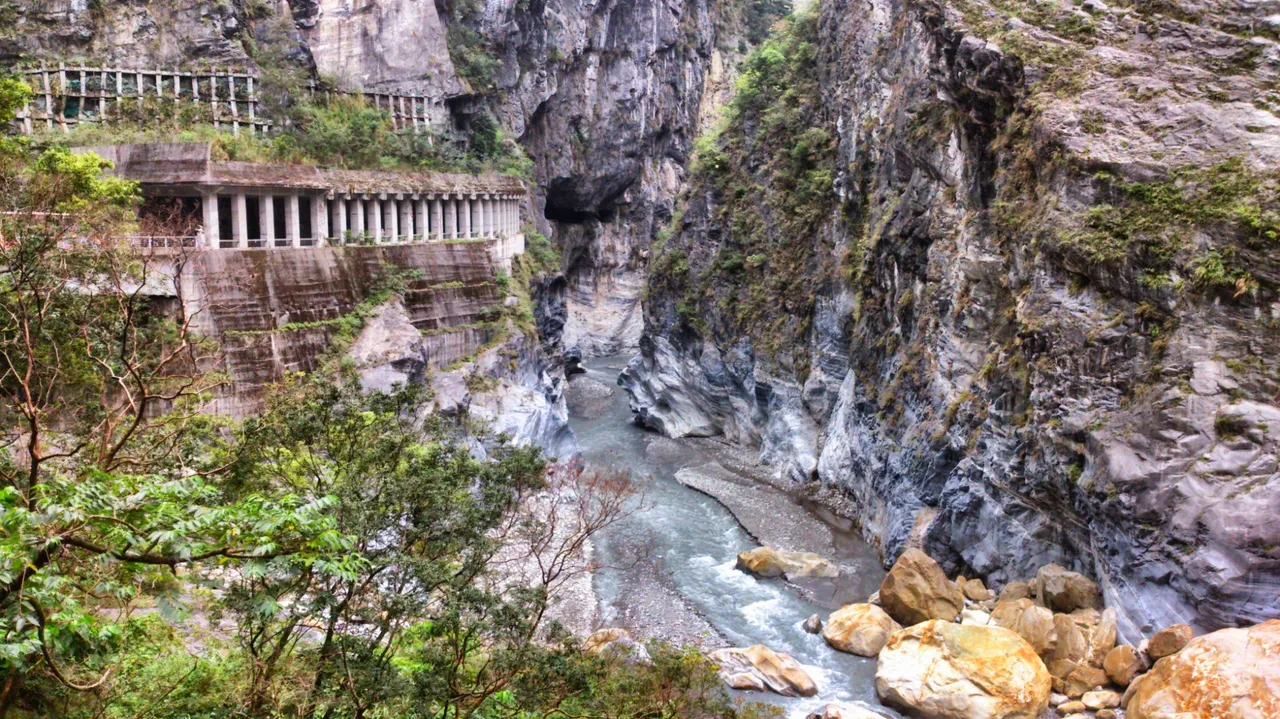 Deep into the abyss
Deep into the abyss
This is the beginning of Taroko Gorge, one of the most famous sights on the island of Taiwan formerly known as Formosa. The gorge was created by the erosion of the Liwu River and expanded by earthquakes and mountain collapses over thousands of years, with an open side to the Pacific, a beautiful meander landscape was created, which is not formed from any granic rock, but from white marble, the rock of the gods. The washout by the river as well as the meltwater and rainwater have created bizarre rock formations here, which usually have a not much less crazy name.
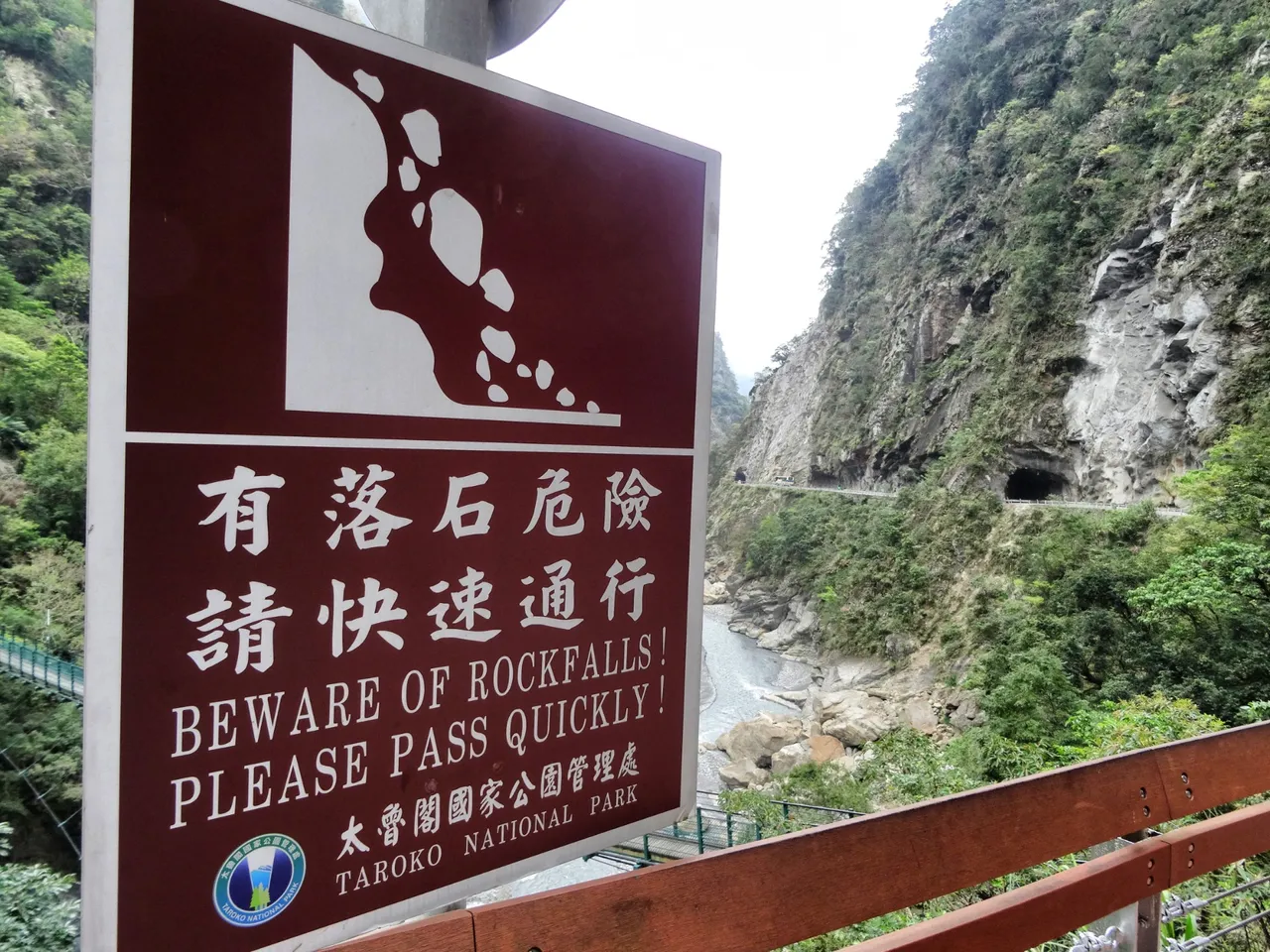 Beware of all you see!
Beware of all you see!
For example, there is a swallow grotto on a cliff where the washouts created natural nesting sites for the birds. In addition, there are holes in the walls through which groundwater and rainwater flow through the mountain into the river. The "tunnel of nine turns" is a cave through which the highway leads - an impressive rocky canyon with a distance of only ten meters between the walls, through which the buses with the masses of visitors torment their way.
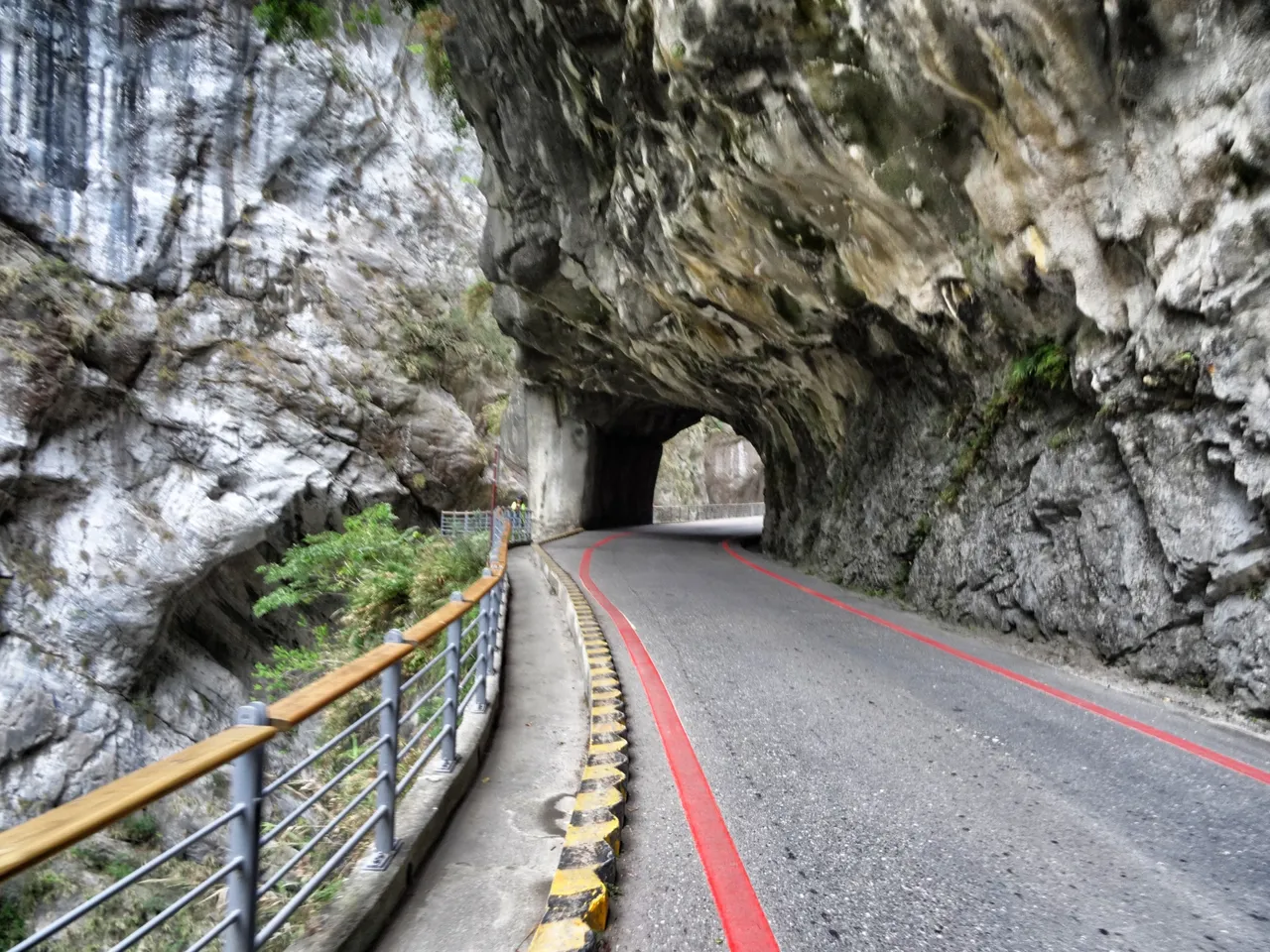 The narrowed highway
The narrowed highway
Later they reach the Cihmu Bridge, where the Laosi River meets the Liwu River. The marble and the green slate and the S-shaped fold give the estuary a special charm. The frog rock is right here too, south of the Cihmu Bridge. In addition, a pavilion in honor of Chiang Ching-kuo's mother the wife of the son of the states founder Chiang Kai-shek, was built on a large marble rock.
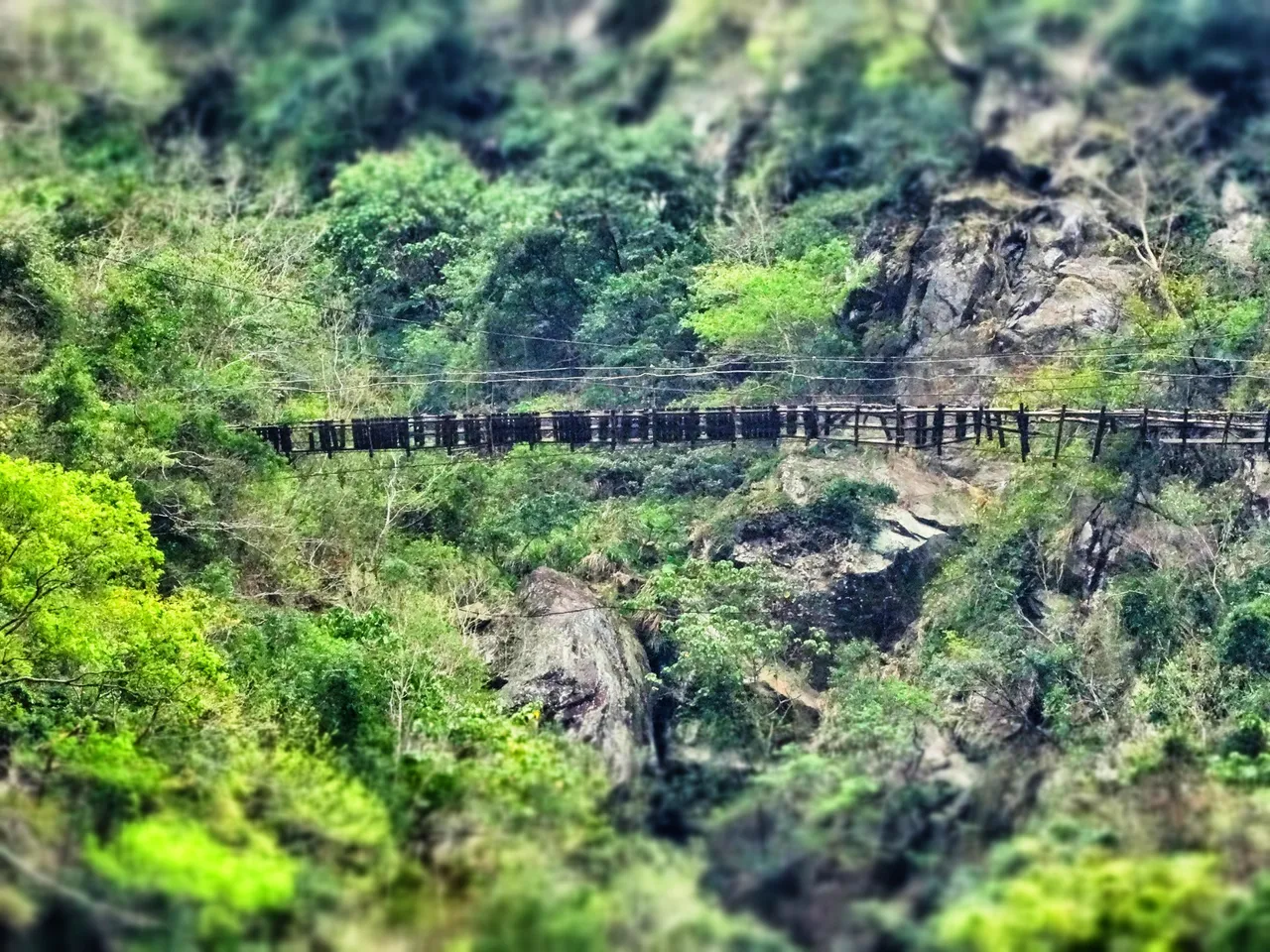 A ladder into the sky
A ladder into the sky
Most of the sights here are of natural origin, apart from the Shrine of Eternal Spring, which was built in honor of the workers who died while building the highway.
 Wide angle gorge
Wide angle gorge
Oddly enough, it was the Japanese who only discovered the island's hinterland after they occupied Formosa. First they looked for raw materials, then they started the ambitious project of the Central Cross Island Highway, which actually served the purpose of quickly moving forces from one side of the island to the other in times of war.
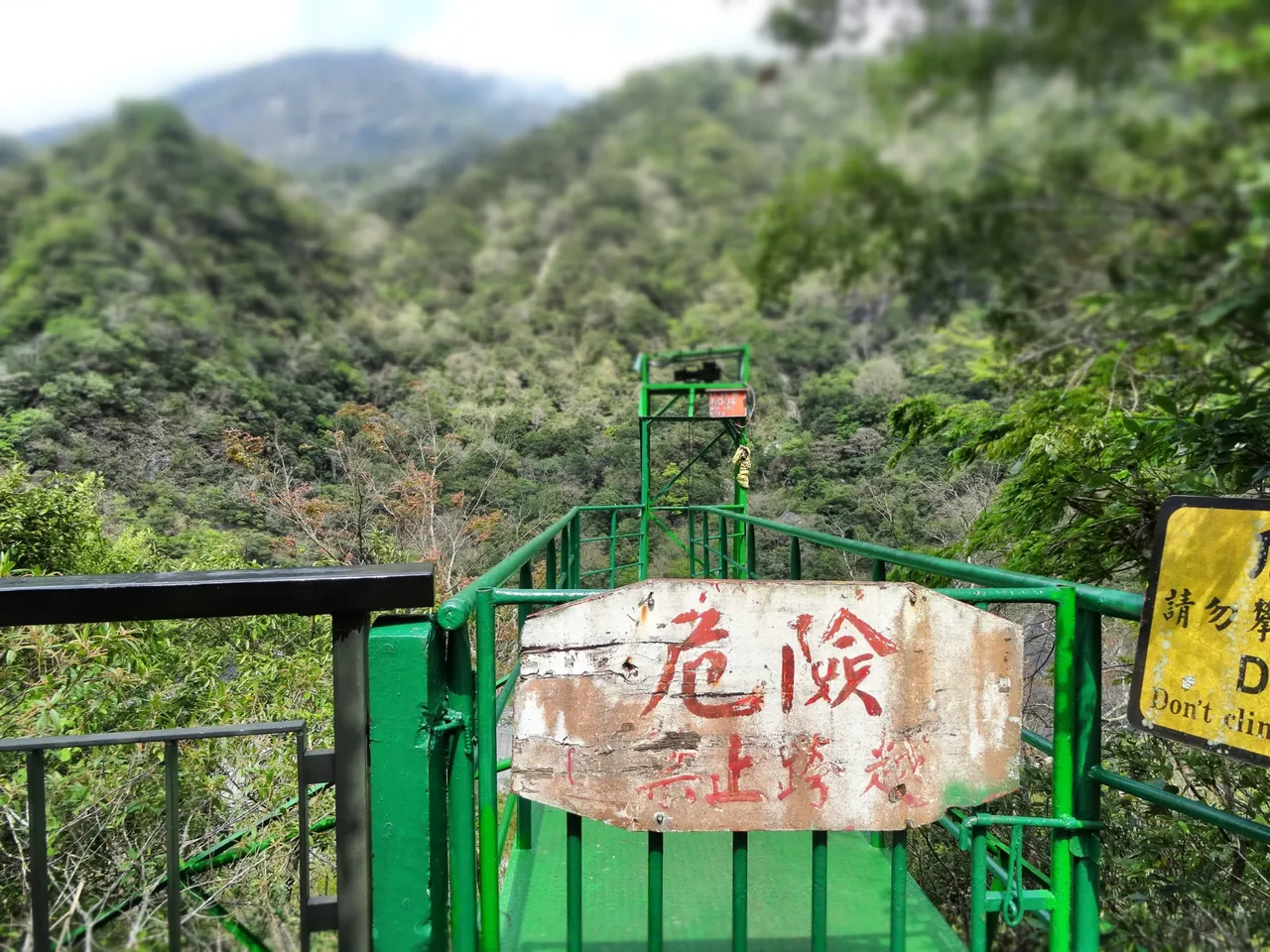 An elevator für the braves
An elevator für the braves
The original inhabitants of the area - they call themselves Atayal - fought against the Japanese at that time. After their defeat, they were forcibly relocated. In the park only a few monuments and the original names of small settlements remind of the original inhabitants.Buluowan is an old settlement of the indigenous people of Taroko. The plateau is located between Mt. Sanjiaohul in the north, Mt. Tai in the south.
 Pray for the victims
Pray for the victims
"Buluowan", the name of the complete settlement, means "echo" in the language of the locals, as the thunder is said to be particularly loud here during thunderstorms. There is an upper and a lower plateau, which are connected by a path. In addition to a wonderful view over the gorge, there is a museum about the locals and replicas of the traditional settlement buildings. The park is home to the famous Taroko Gorge, Chingshui Cliffs, Baiyang Waterfalls and Shakadang River.
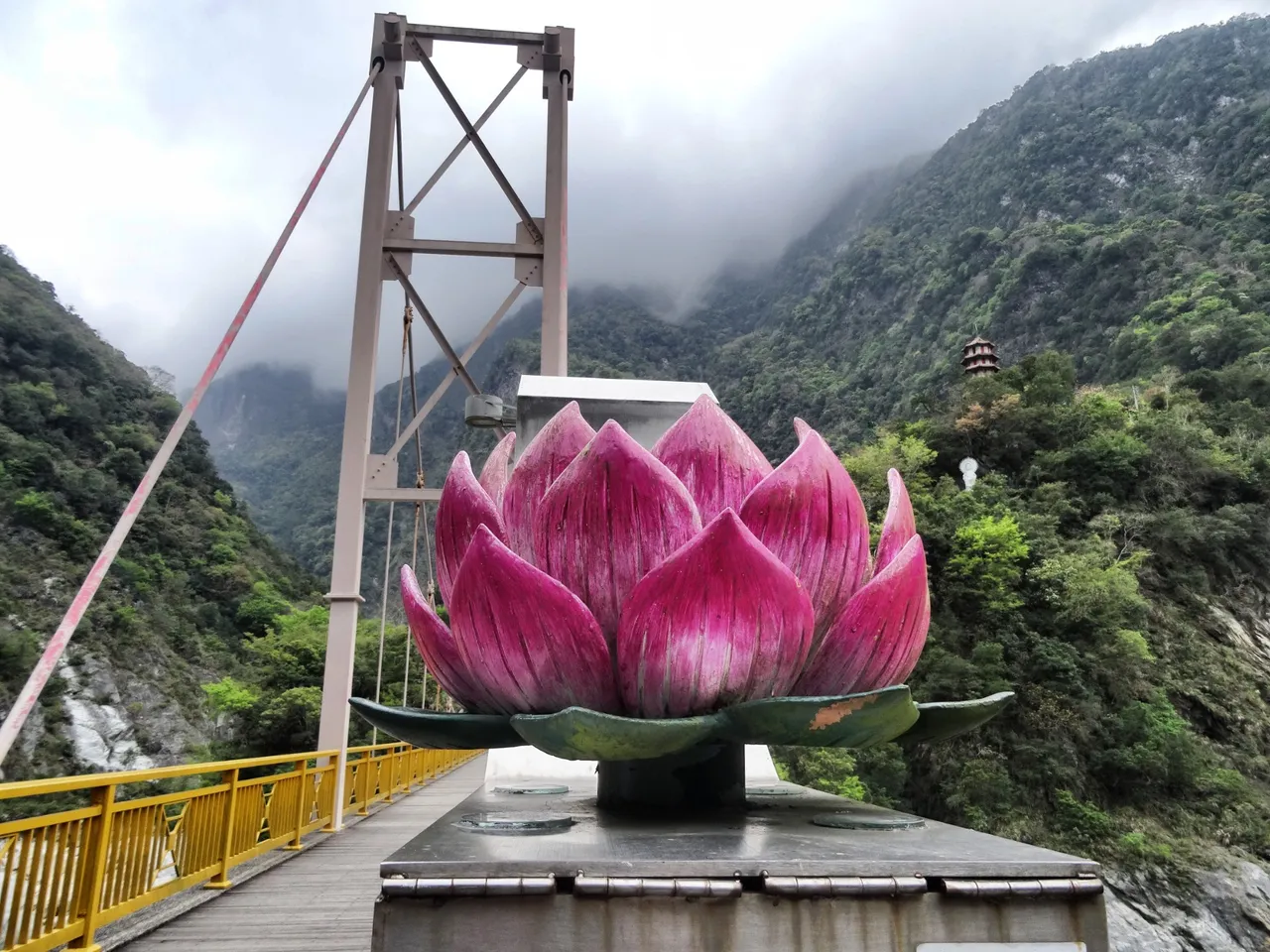 The brigde with a lotus bloom
The brigde with a lotus bloom
Highway No. 8 was a secret until 1986 and closed to the public. Today, however, the main traffic axis leads millions into the gorge every year, which derives its name from the indigenous people of the region, the Truku. With 92,000 hectares, Taroko is Taiwan's largest national park and extends over the three provinces of Hualien, Taichung and Nantou. Nestled between the up to 3,000 meter high mountains all around, it is also the most imposing. Anyone who comes by car can get from zero sea level on the Pacific to an altitude of 3,000 meters in one day.
Thank you for reading and if you like my work please follow me on Hive, Travelfeed or Steem or visit my homepage koenau.de
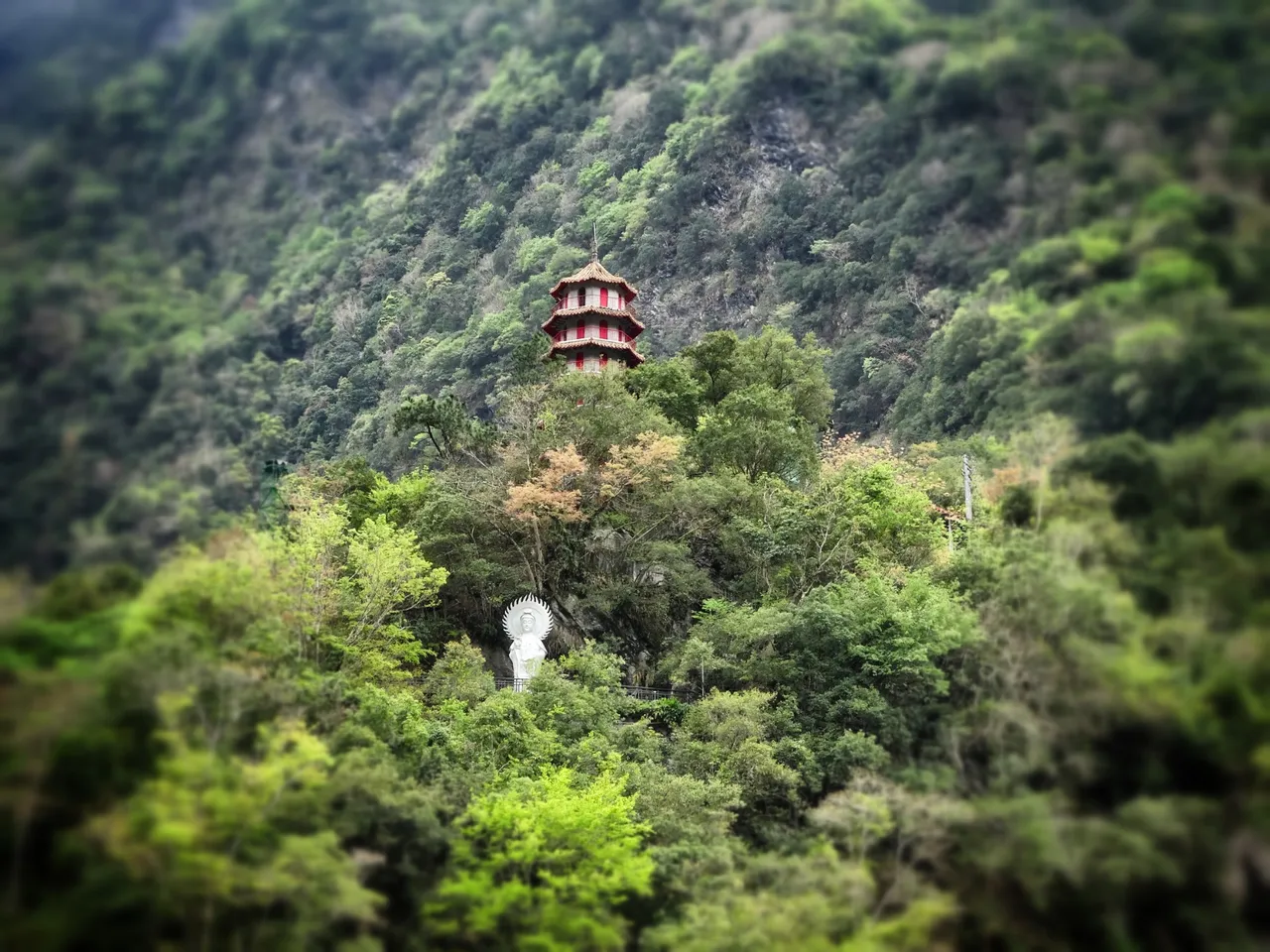 Above god watches everything
Above god watches everything
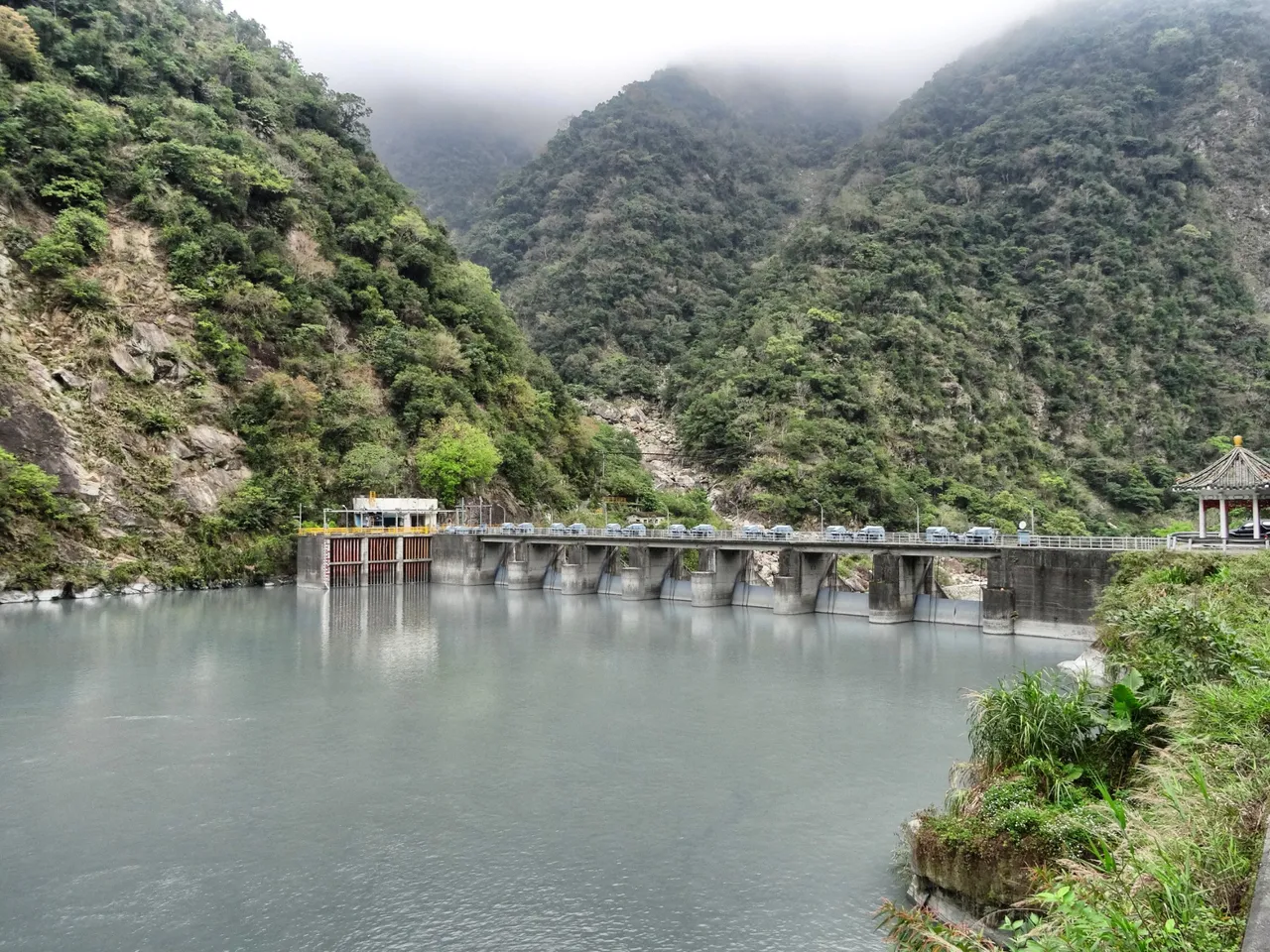 The dam
The dam
 He is the ever-smiling man
He is the ever-smiling man
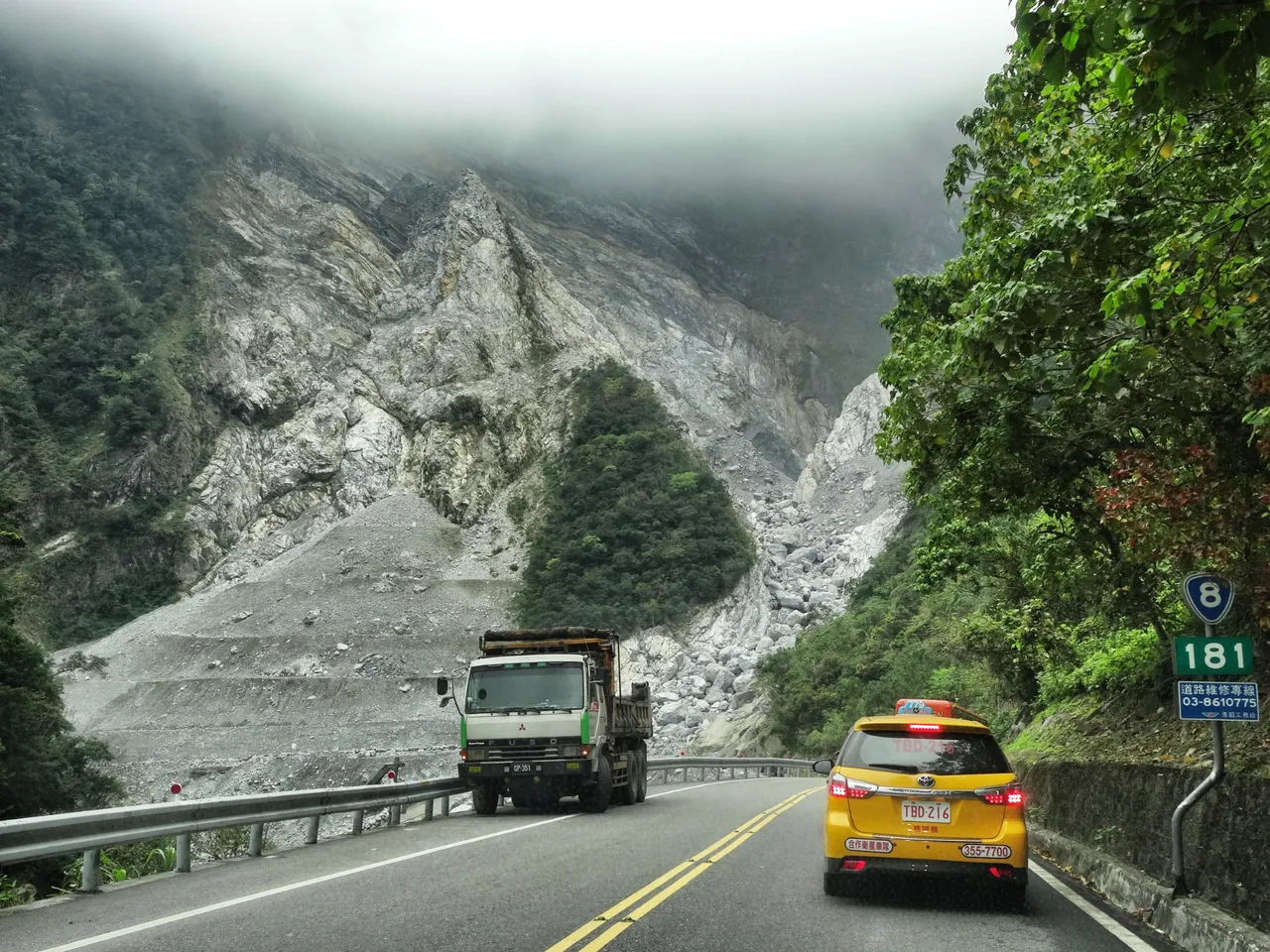 Landslide ahead
Landslide ahead
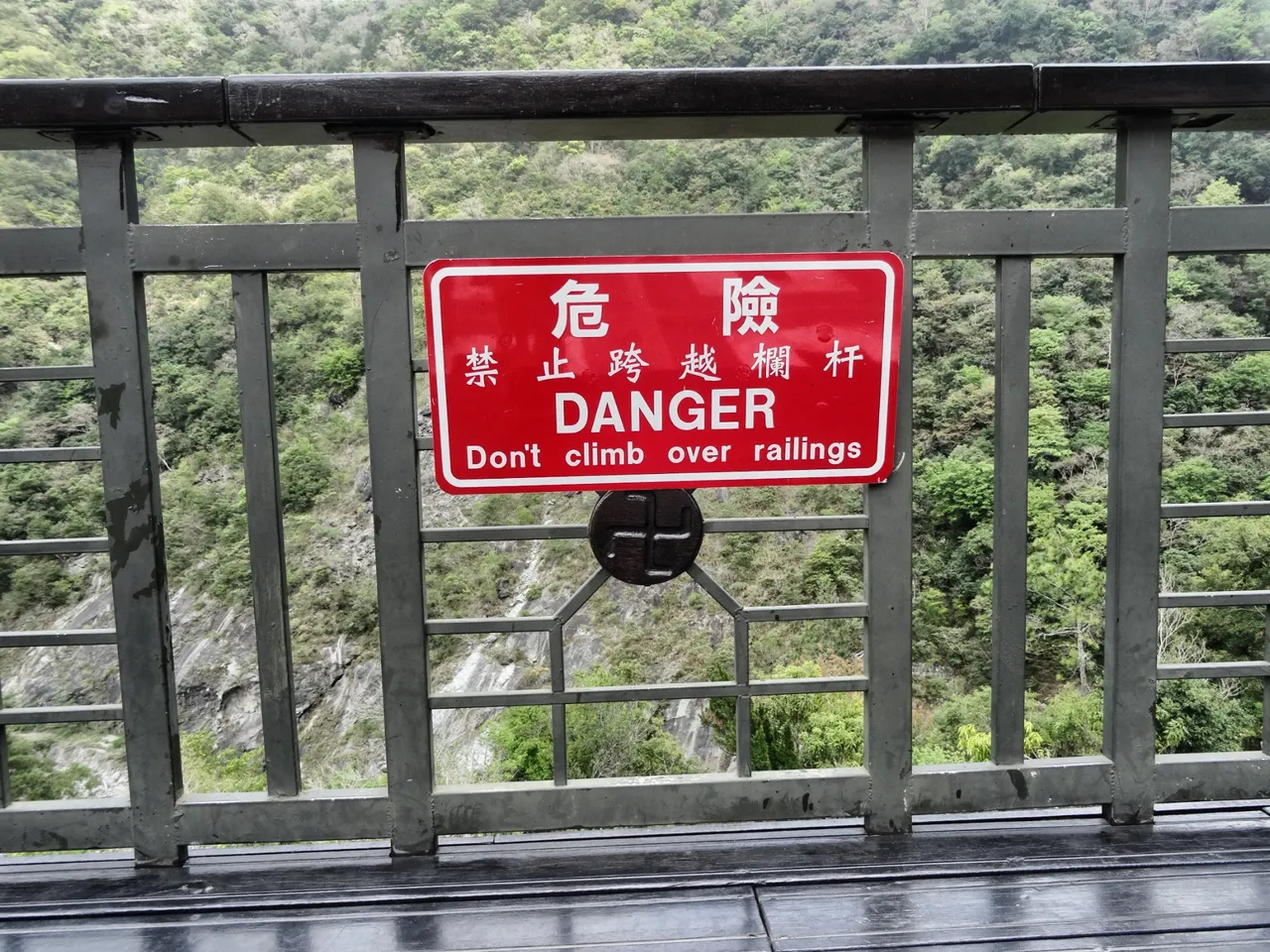 Who would try this?
Who would try this?
 One of the ancients
One of the ancients
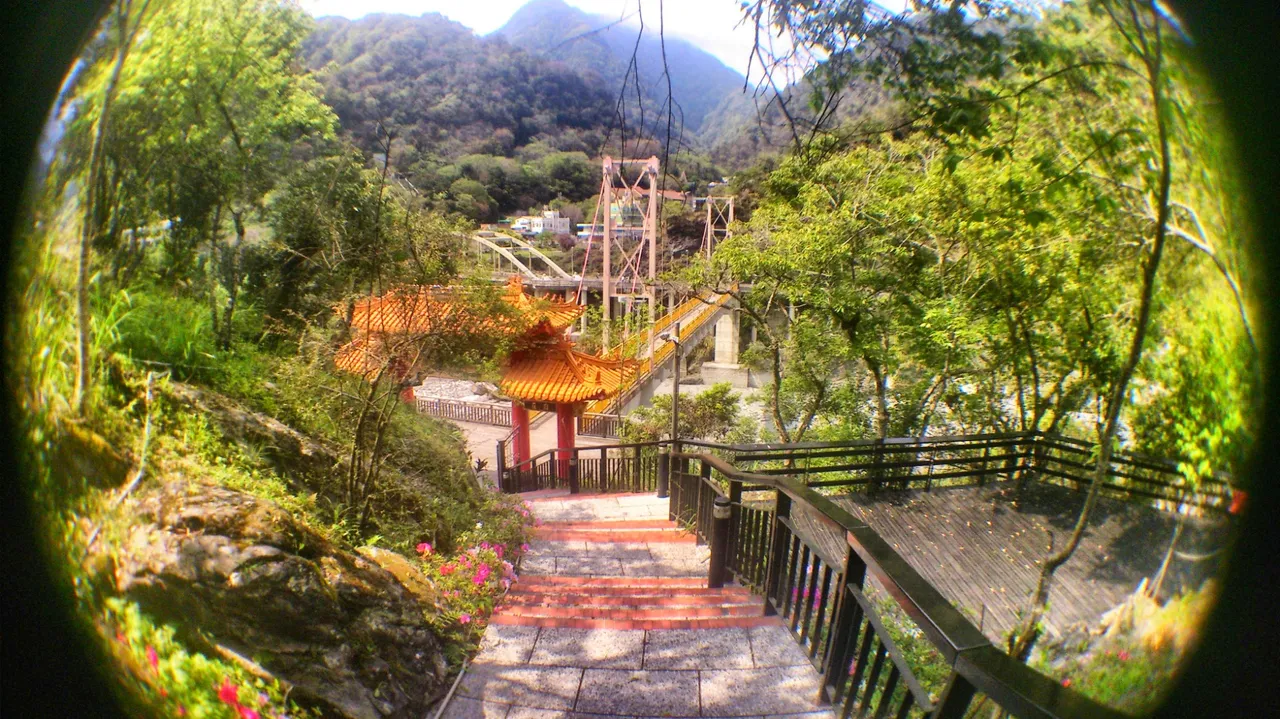 Back from the buddha
Back from the buddha
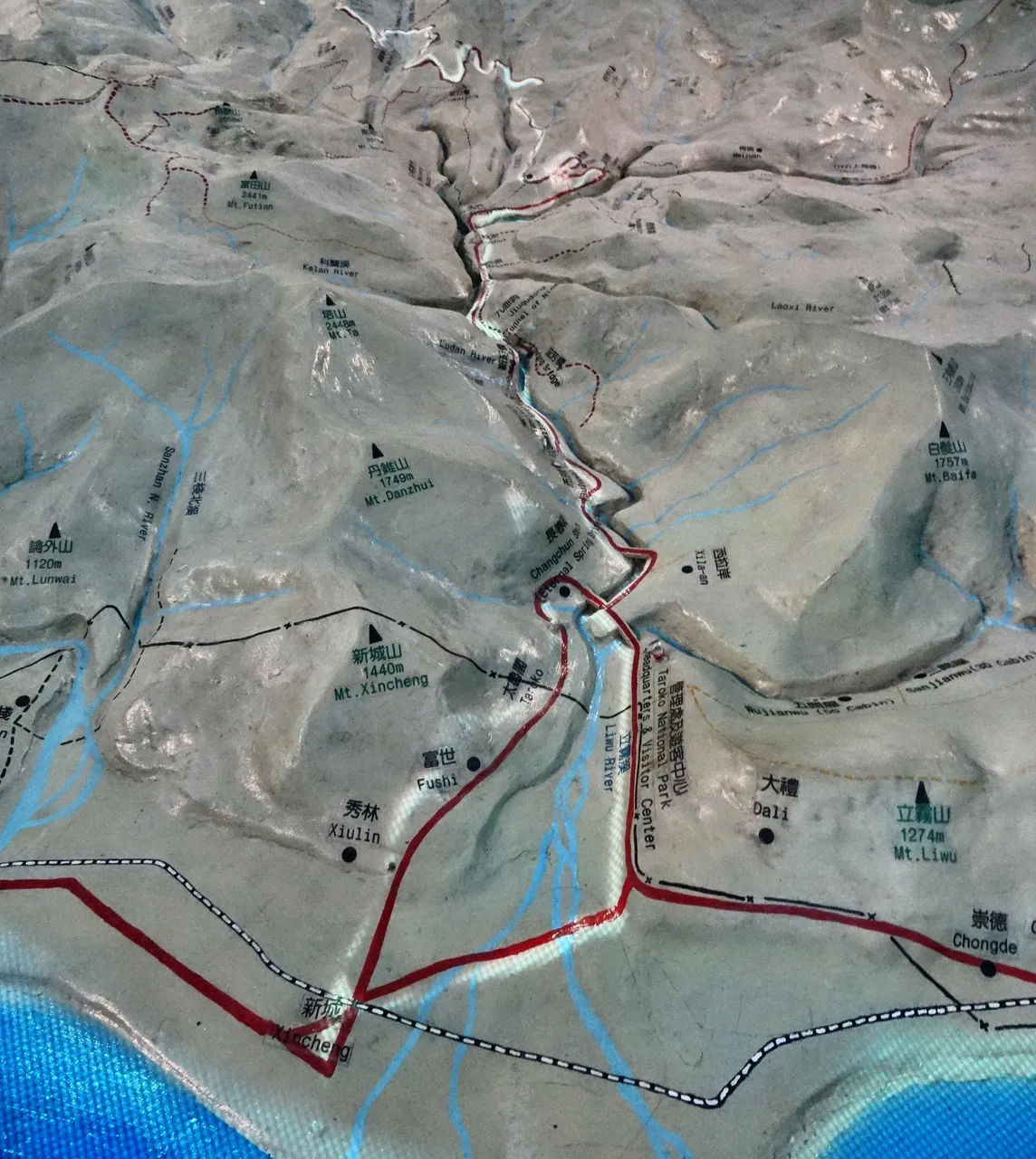 The map
The map
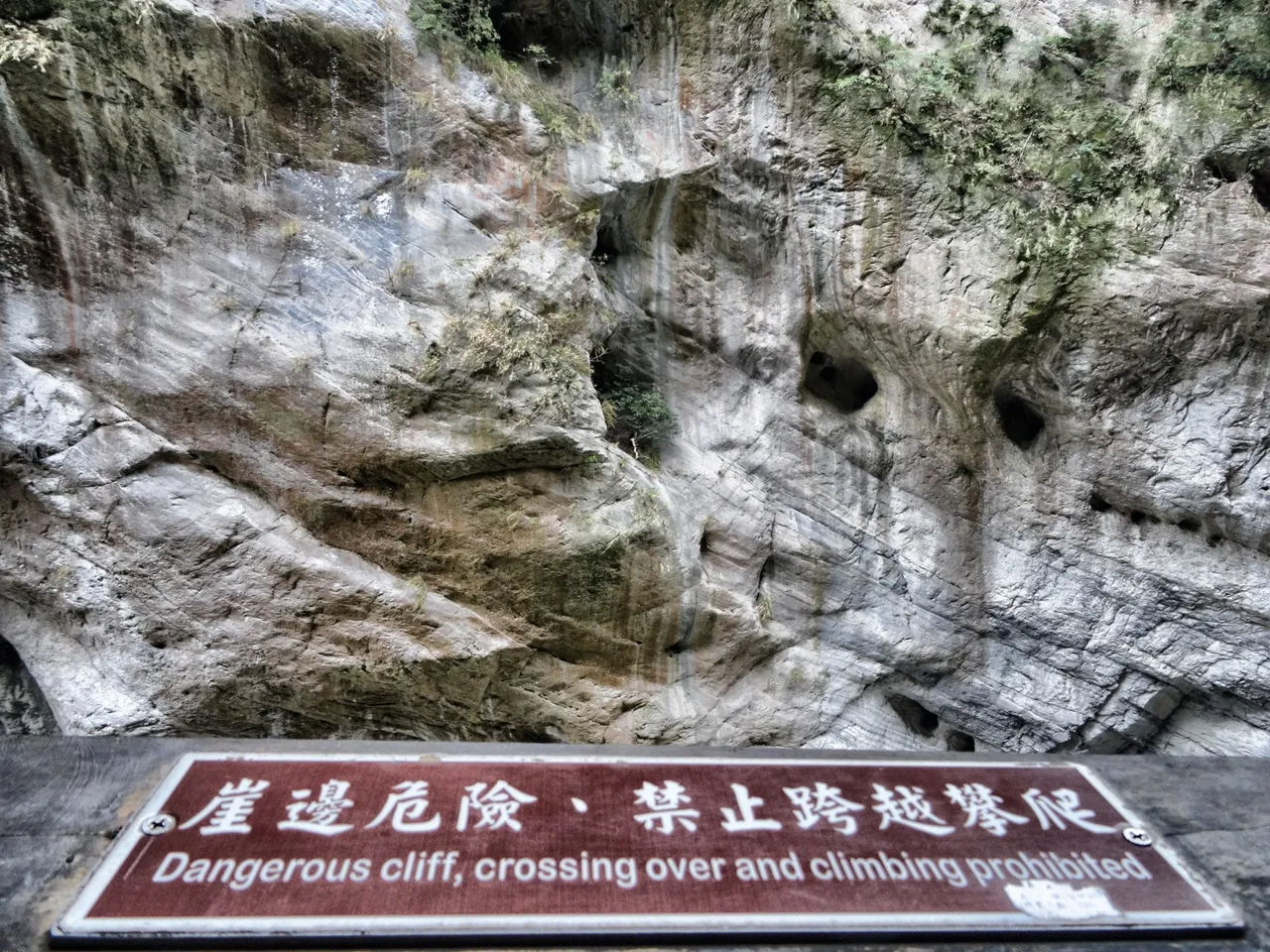 Where swallows live
Where swallows live

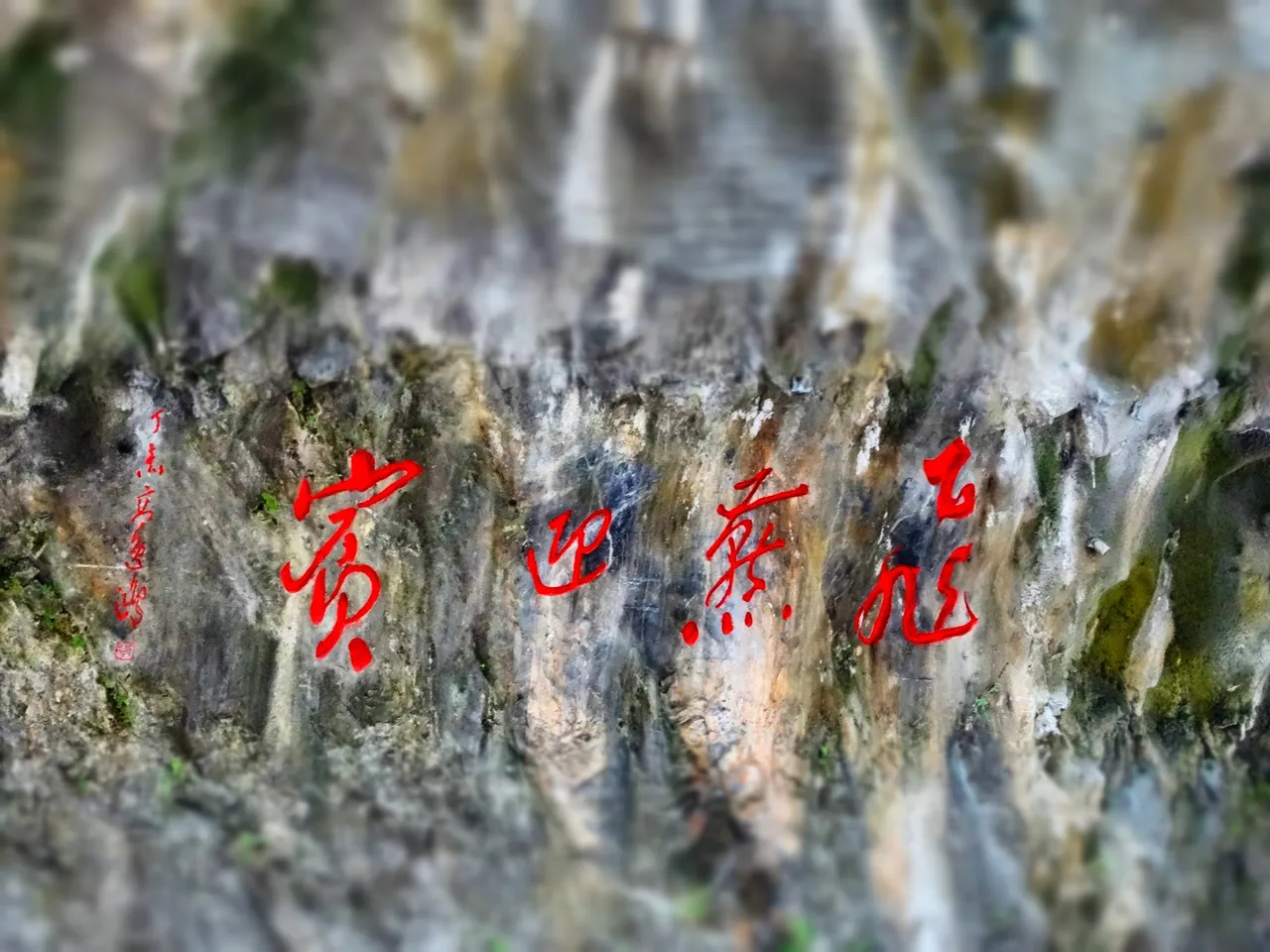 I don't know what it means.
I don't know what it means.



